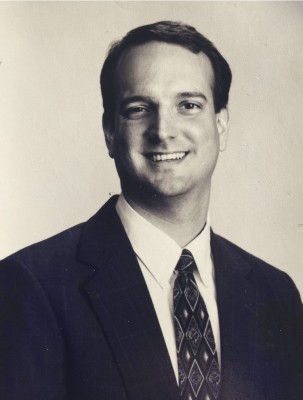Pennsylvania psychologist Gerald A. Solfanelli believes New York Times article offers the ‘definitive answer’
Editor’s note: Opinions expressed in this letter to the editor are those of the author alone and do not reflect the editorial position of ClarkCountyToday.com
Despite President Biden’s recent declaration that COVID-19 has finally and thankfully entered its endemic stage, many people continue to debate the efficacy of face masks to help prevent viral spread.

I believe that November’s NYT article finally offers the “definitive answer” to the COVID face mask question. Even though there have been numerous similar studies, I refer to the NYT article (“When Can the Covid Masks Finally Come Off?” – archive.ph/Ea9oJ) as the “definitive” answer to the mask question, because ironically it was published by the NYT to actually promote mask use.
As I began reading the NYT article, which is based upon recent research, however, I was curious as to why it appeared to be so nonspecific: Masks are a “valid strategy to reduce Covid-19;” “…mask mandates curb the spread of the virus;” Dr. Luby’s study (same Stanford researcher interviewed for the article) found that mask-wearing led to “declines in Covid cases.” How valid? Reduce by how much? Curb by how much? Decline by how much? The article never actually says.
After reviewing Dr. Luby’s study (bit.ly/3HHetuG), the results show an actual benefit of only about 9.5 percent.
Unlike bacteria, we know that you actually need an electron microscope to even see a virus. Therefore, wearing a face mask (other than a N-95) would be nearly analogous to a screen door on a submarine!
The fact that people tend to re-wear masks, is also problematic with respect to increasing the likelihood of sustaining bacterial or viral infections (including infection from SARS-CoV-2). In 2020, Dr. Fauci had even said that mask wearing has “unintended consequences” as “people keep fiddling with their mask and they keep touching their face,” which may actually increase the risk of contracting and/or spreading the virus.
Therefore, any potential benefit of that meager 9.5 percent is undoubtedly negated!
Gerald A. Solfanelli, M.S.
Pennsylvania psychologist
ThePsychologist.com
EmotionalWealth.com
Also read:
- Opinion: Neighbors for a Better Crossing calls for a current seismic study for $7.5 Billion Interstate Bridge projectNeighbors for a Better Crossing is urging a new seismic study before construction proceeds on the $7.5 billion IBR project, raising transparency concerns and proposing an immersed tube tunnel alternative.
- Opinion: Washington’s Supreme Court hides the ball on state employee compensation offersJason Mercier criticizes the Washington Supreme Court’s decision to uphold secrecy in public employee compensation talks, calling for transparency reforms and public accountability.
- Letter: The Charterist III — Concerning the powers of the Legislative BranchJohn Jay continues his Charterist series, arguing that Clark County’s legislative branch is structurally weak and lacks the resources to balance the executive, calling for reform in the next charter review.
- Opinion: ‘Today’s Democratic Party is not our father’s Democratic Party’Editor Ken Vance reflects on how today’s Democratic Party diverges from the values he associates with his father’s generation, citing issues like taxation, gender policies, and shifting ideology in Washington state politics.
- Opinion: ‘The Interstate Bridge project lacks billions in funding from both Oregon and Washington’Lars Larson criticizes Oregon’s funding decisions, highlighting the billions missing from both states for the Interstate Bridge replacement project and calling it a dead-end effort lacking Coast Guard approval.










